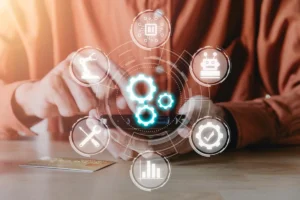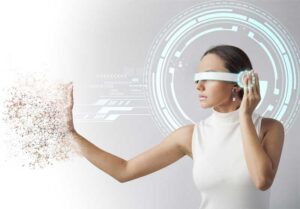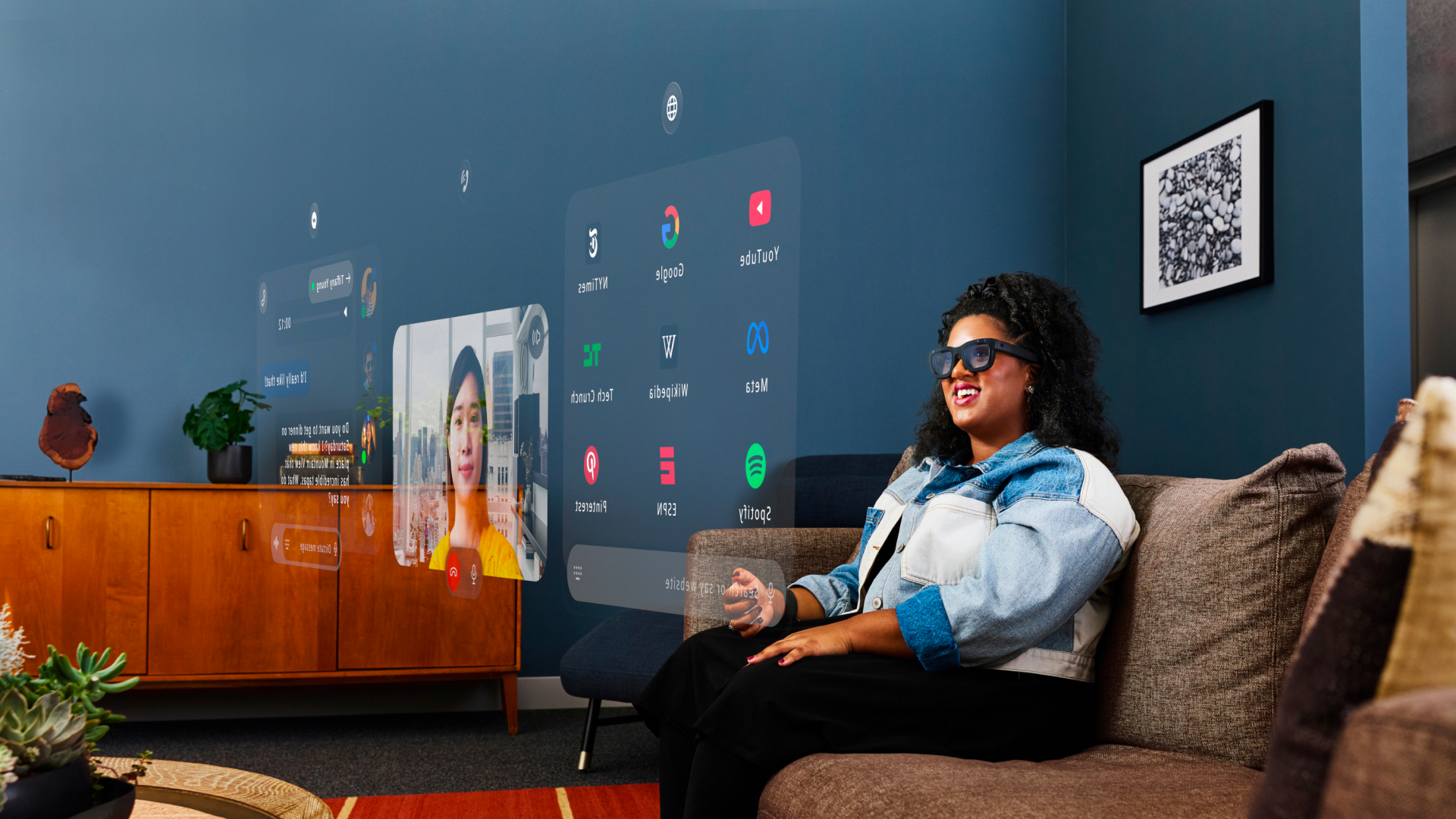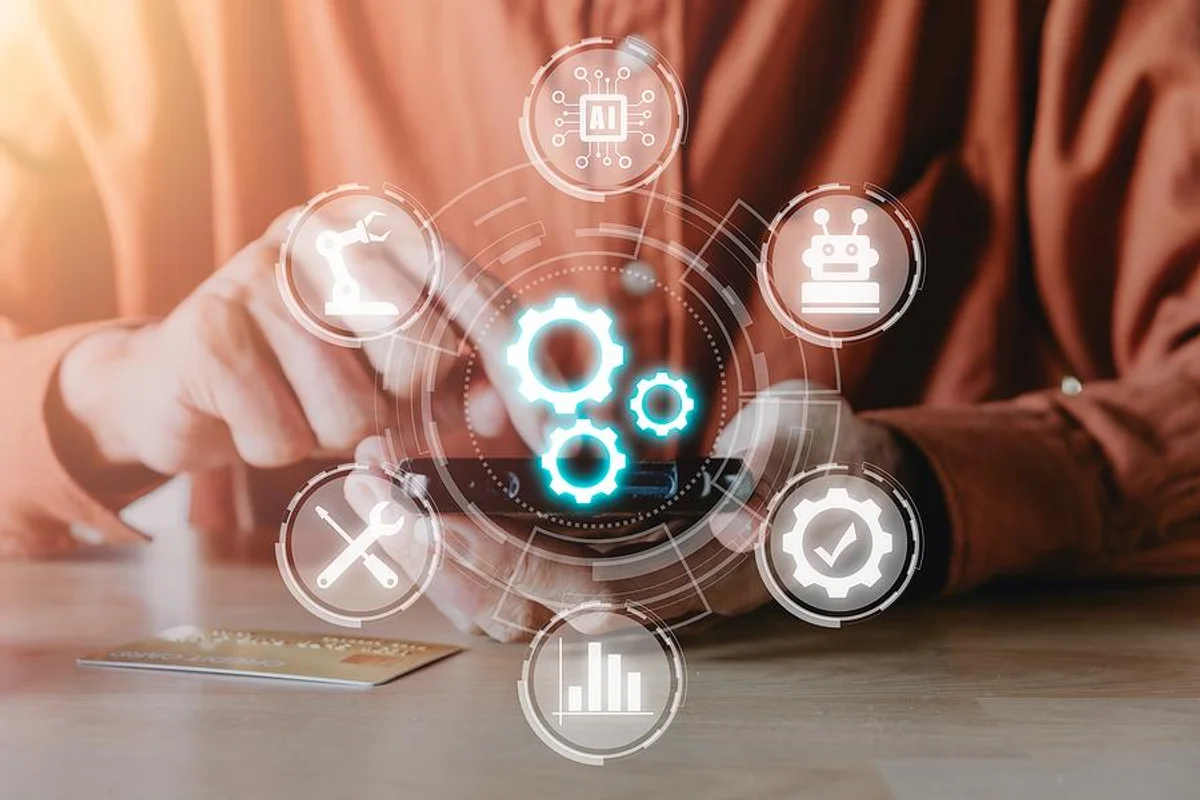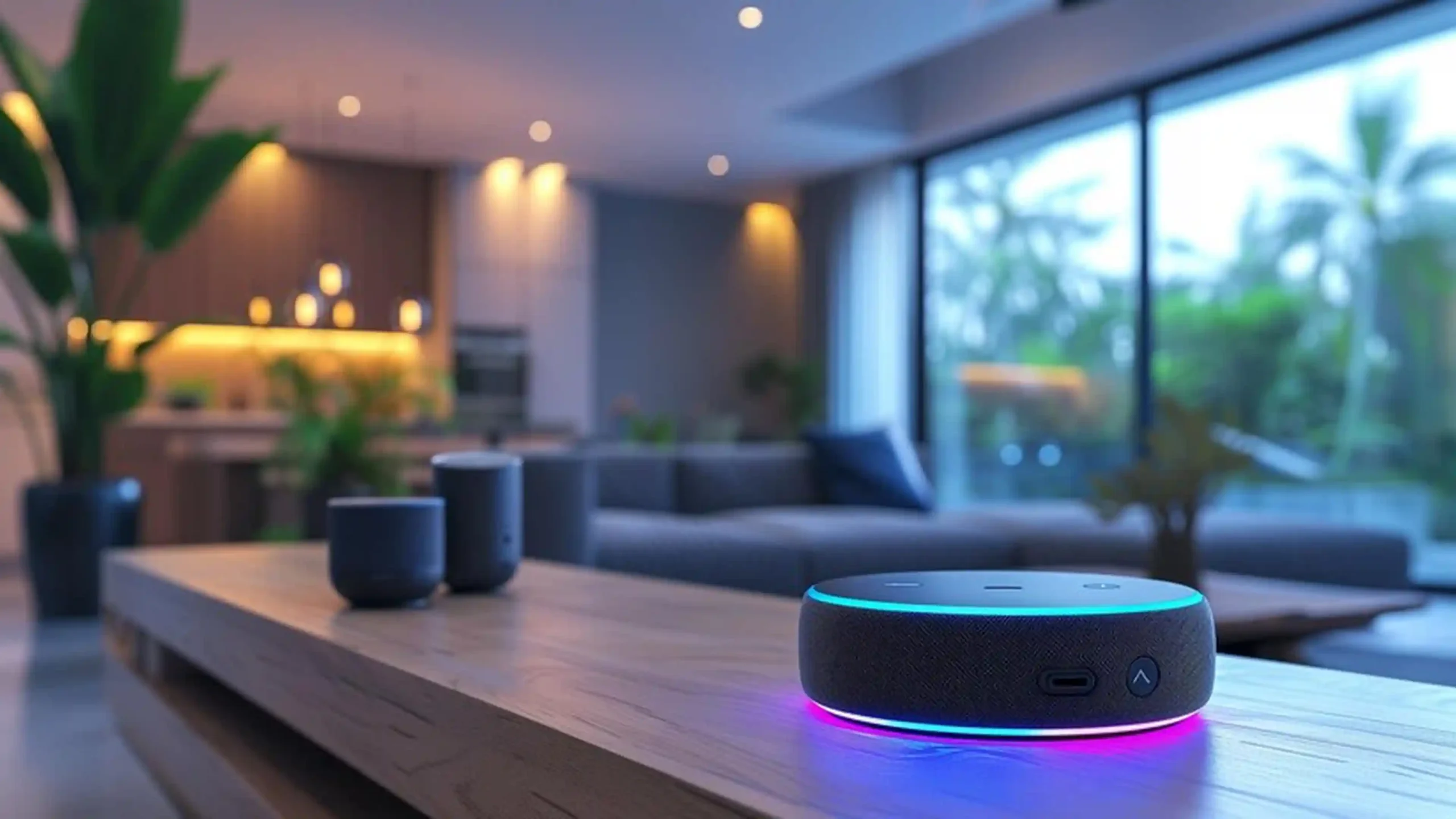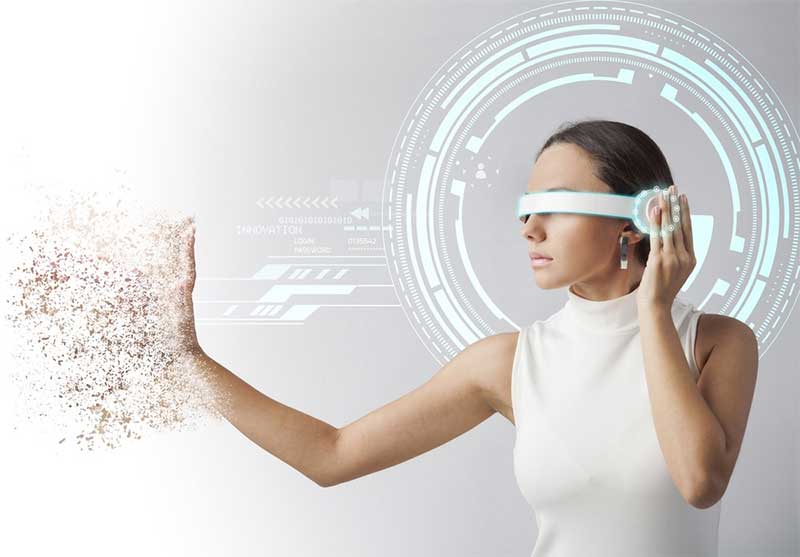The year is 2025, and the workplace has never been more dynamic. The buzzword on everyone’s lips isn’t just “AI” anymore—it’s “generative AI.” This powerful technology has moved beyond the realm of futuristic sci-fi and is now a tangible, everyday tool for professionals across every industry. From drafting emails to designing new products, generative AI is fundamentally changing how we work, boosting creativity and productivity in ways we could barely imagine just a few years ago.
This isn’t about robots taking over jobs; it’s about a new era of collaboration between humans and intelligent machines. We’re seeing a shift from AI as a reactive tool to a proactive partner, one that can create, synthesize, and innovate. For US-based businesses and individuals, understanding these changes isn’t just a competitive advantage—it’s a necessity for staying relevant in the modern economy. For a comprehensive look at the state of AI, the 2025 AI Index Report from Stanford HAI provides a data-rich overview of the technology’s progress and its global impact.
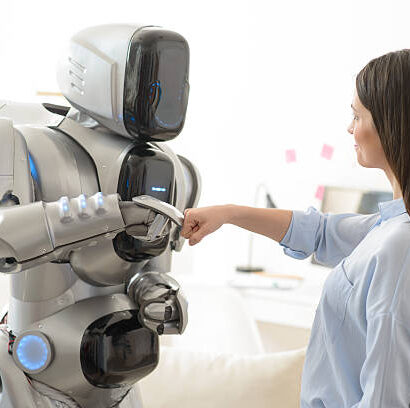
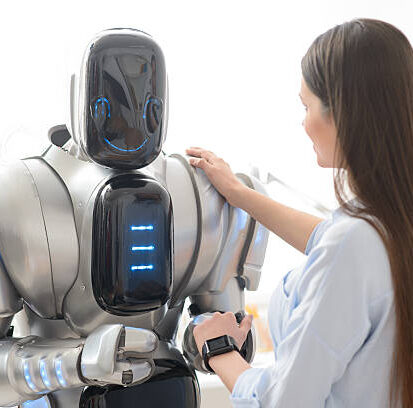
How Generative AI is Changing Jobs
The revolution is happening now, with several key trends driving the transformation. These aren’t abstract concepts but real-world applications that are already impacting daily tasks and long-term business strategies.
Generative AI for Marketing US and Content Creation
One of the most visible impacts of generative AI is in content creation. The struggle of staring at a blank page is a thing of the past.Tools powered by large language models (LLMs) can now help you write an entire blog post, draft a comprehensive marketing email, or even generate detailed reports from a few bullet points. This frees up marketers and writers to focus on strategy and creative direction, rather than the tedious task of content generation.
- Email & Document Automation: AI assistants can summarize long email threads, suggest responses, and even draft entire documents based on a simple prompt.
- Social Media & Copywriting: Businesses are using generative AI to create a flood of personalized marketing copy, social media posts, and ad campaigns, all while maintaining a consistent brand voice.
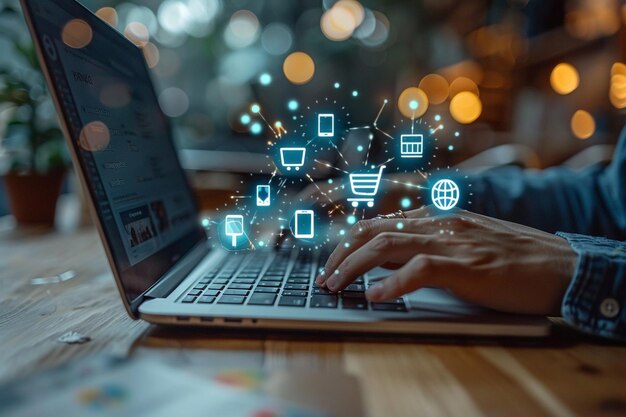
Unlocking Creativity with Visual and Audio Generation
Generative AI isn’t limited to text.Creative industries are experiencing a dramatic shift. Designers, artists, and filmmakers are using AI to create stunning visuals and realistic audio in a fraction of the time it once took. Imagine a product designer using a text prompt to generate hundreds of unique logo concepts or a video game developer creating immersive new worlds and character designs instantly. AI can now generate realistic video footage from text descriptions, create lifelike voiceovers in multiple languages, and compose original soundtracks, democratizing high-quality media production.
Generative AI Tools for Work in 2025
Beyond content, a new wave of AI-powered tools is streamlining daily workflows and boosting individual productivity. These tools are often integrated directly into existing platforms like Microsoft 365 or Notion, making the transition seamless for users. According to the World Economic Forum’s Future of Jobs Report 2025, generative AI is a key driver of job growth in fields like big data and AI and machine learning, while also changing the skill sets required for many traditional roles.
AI-Powered Productivity Tools
- Meeting Summaries & Transcription: AI tools like Fireflies.ai can automatically transcribe meetings, summarize key decisions, and identify action items, ensuring no detail is lost.
- Data Analysis & Insights: For project managers and executives, generative AI can analyze vast datasets and create data-driven reports in minutes, a task that previously required hours of manual effort. This allows for faster, more informed decision-making.
The Rise of the AI-Enhanced Developer
The tech world is not immune to this revolution. Generative AI is fundamentally changing the way developers write code. Tools like GitHub’s Copilot act as intelligent coding assistants, suggesting lines of code and entire functions, dramatically increasing development speed. This doesn’t replace programmers; it augments their abilities, allowing them to focus on complex problem-solving and innovation. This new era of AI-powered development is already accelerating software cycles and creating more robust, efficient applications.
The Future of Work with Generative AI
As generative AI becomes more integrated into our professional lives, the focus shifts to how we can best leverage these tools. The key is to view AI not as a replacement, but as a co-creator and an assistant. Businesses and employees must invest in upskilling to harness this new technology.
- Strategic Thinking: With AI handling repetitive and data-heavy tasks, human workers can dedicate more time to strategic thinking, critical analysis, and emotional intelligence—skills that remain uniquely human.
- Creative Collaboration: The best results often come from a symbiotic relationship between a human’s creative vision and an AI’s ability to execute on that vision at scale. This new model of creative collaboration is already yielding groundbreaking results.
For a deeper dive into the technological and strategic shifts happening across the industry, check out our insights at [deepdiveinsight.com/]. We explore how businesses are adapting to these changes and what it means for your career.
Finding Deals on the Latest AI Tools
As the market for generative AI tools explodes, so do the opportunities to save money. Many of the top platforms offer promotions, especially for new users or for seasonal deals. Keep an eye out for special offers on subscriptions for popular tools like Microsoft Copilot or Jasper AI. For the latest coupons and discounts on everything from creative suites to productivity software, visit our dedicated deals site at [coupons.deepdiveinsight.com]. We regularly update our listings to help you get the best value on the tools you need.

Frequently Asked Questions (FAQs)
What’s the difference between artificial intelligence and generative AI?
AI is a broad field of computer science; generative AI is a subset focused on creating new, original content like text, images, or code.
Which industries are most affected by generative AI?
Creative fields, marketing, finance, and software development are seeing the most significant changes, with new applications emerging daily.
Can generative AI replace my job?
Instead of replacement, think of it as augmentation. Generative AI automates tasks, allowing you to focus on more complex, strategic work.
What are the top generative AI tools available for small businesses?
Tools like Notion AI, Jasper AI, and Microsoft Copilot are excellent for small businesses looking to boost productivity and content creation.
Are there any ethical concerns with using generative AI?
Yes, key concerns include data privacy, intellectual property rights, and the potential for bias in AI-generated content.


